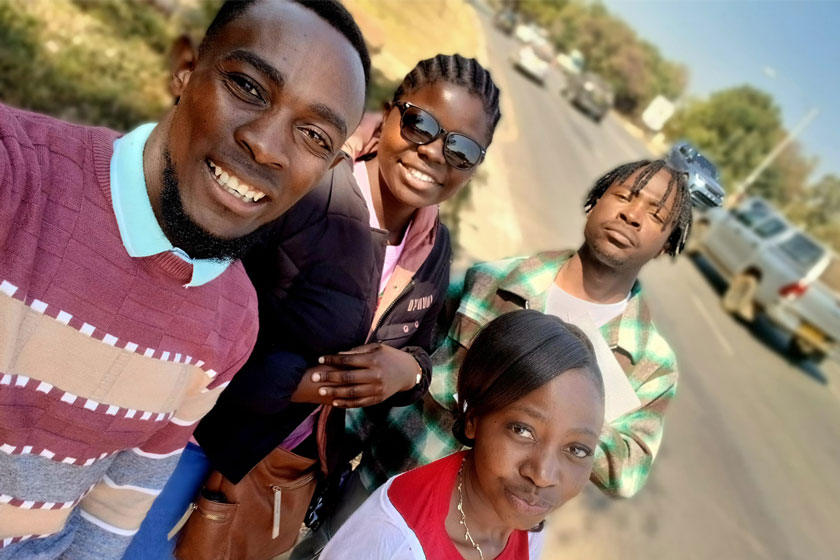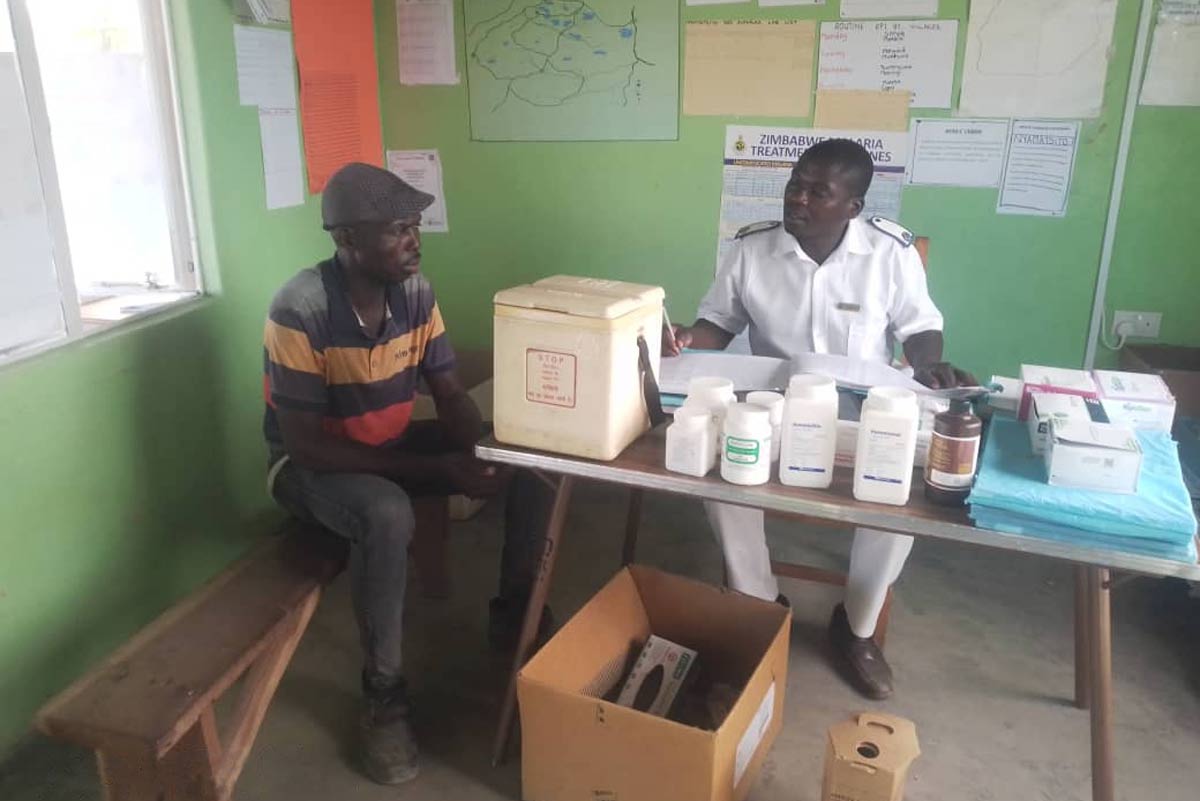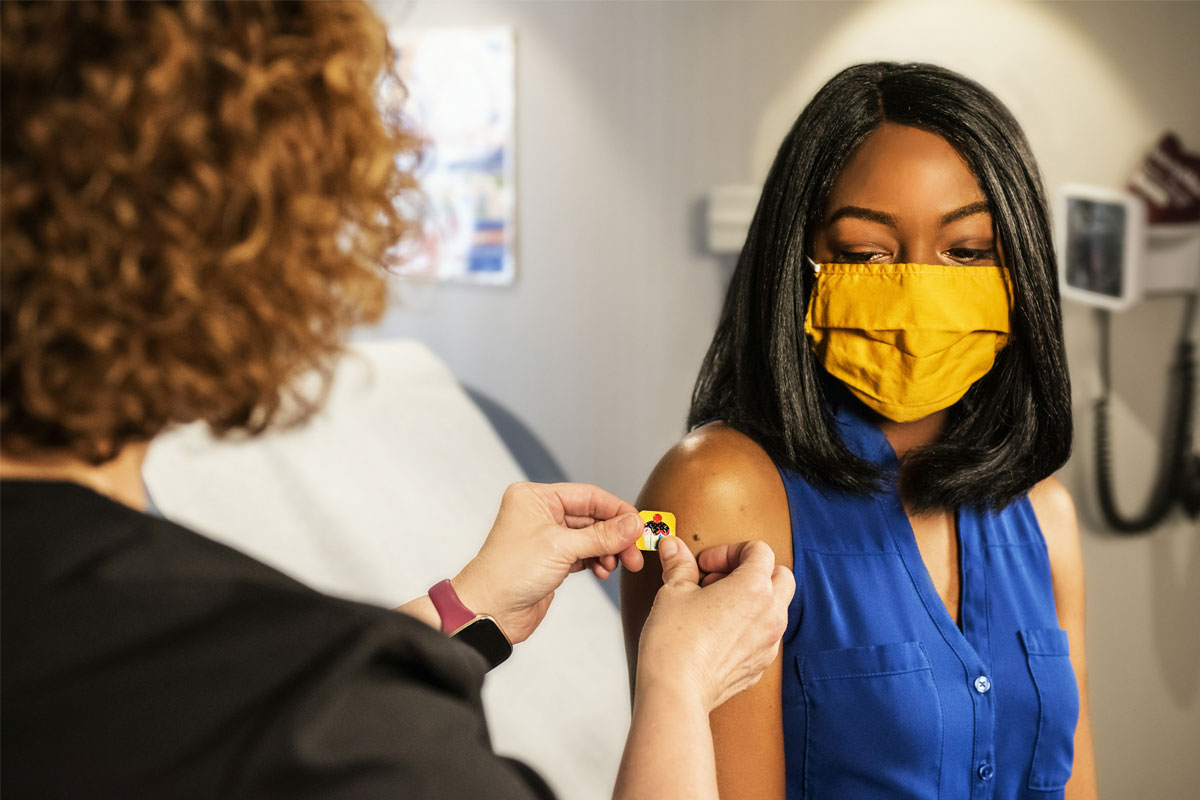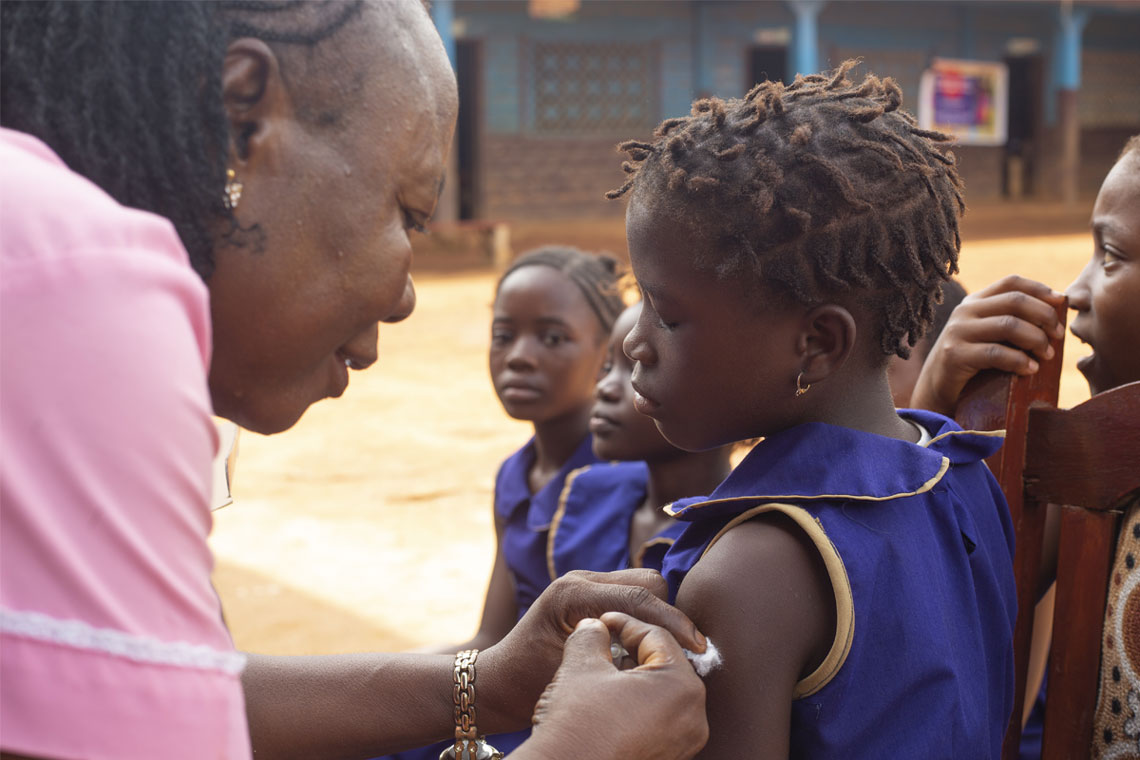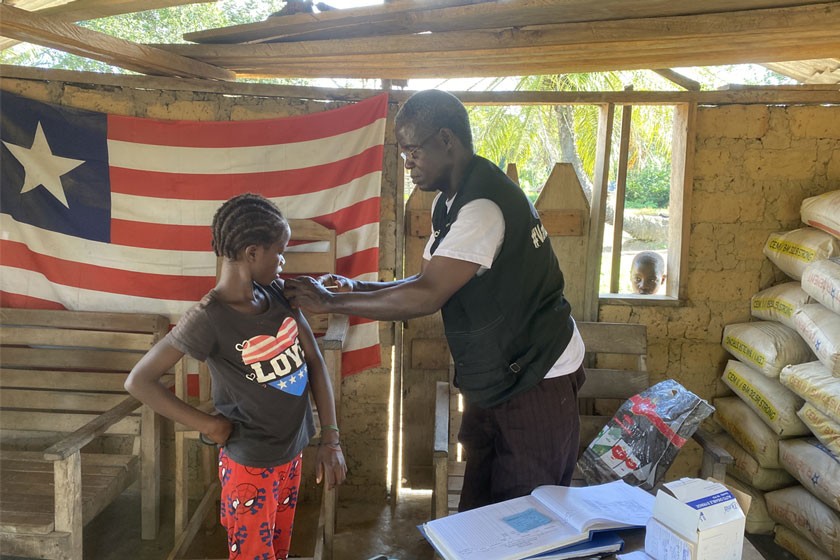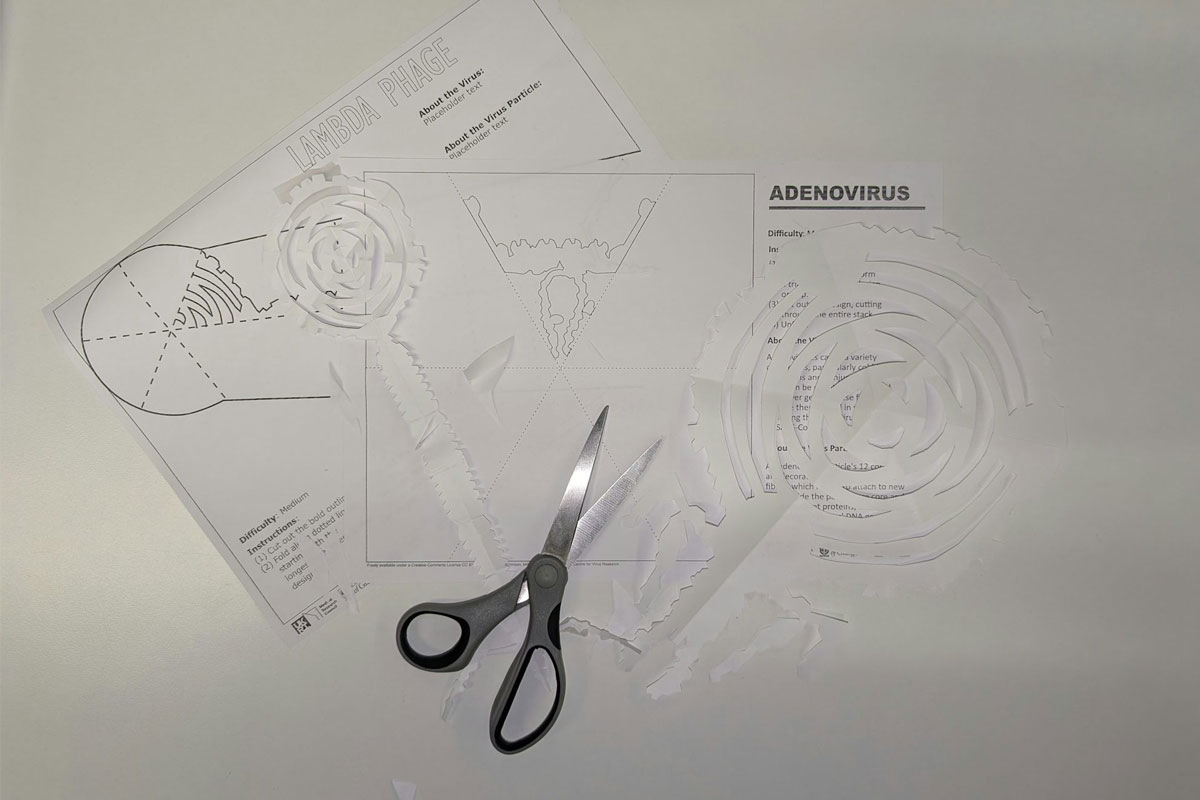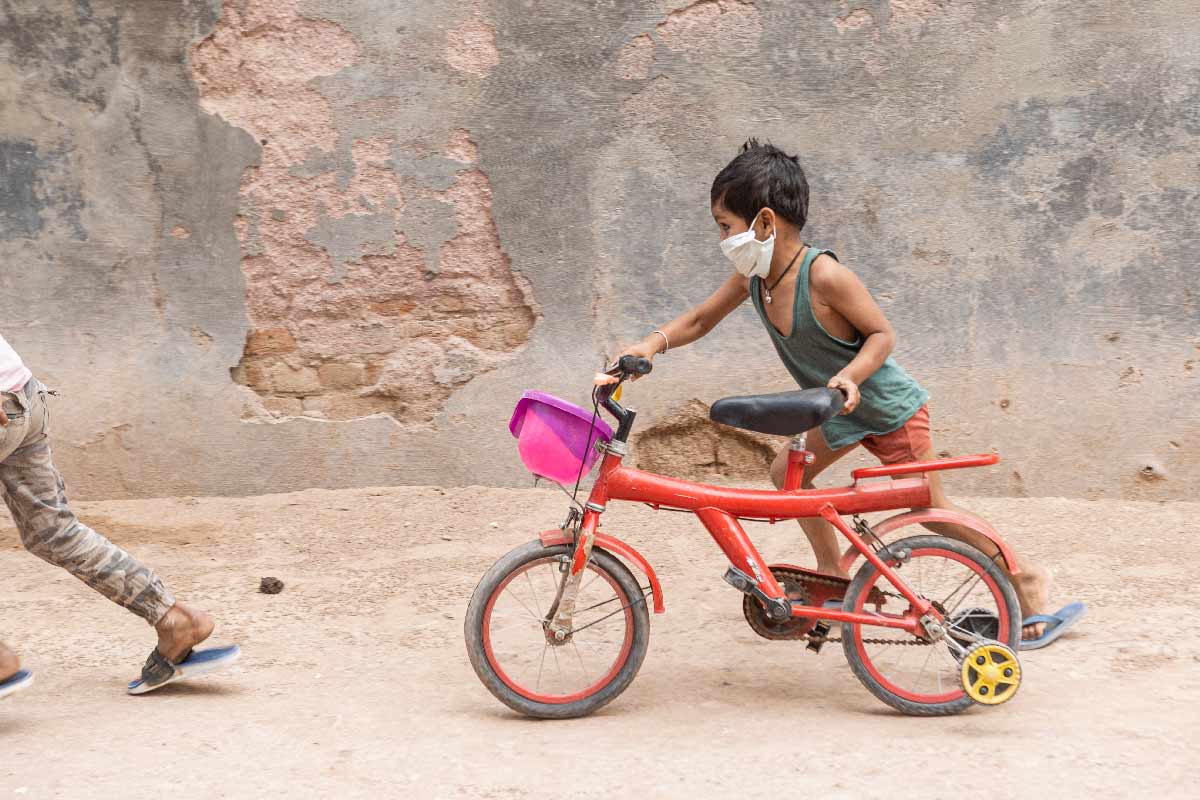Three years after a deadly measles epidemic, Zimbabwe sees renewed resolve to fight the virus
Zimbabwe's recovery from a deadly 2022 measles outbreak shows how community engagement, religious partnerships and education transformed vaccine hesitancy into proactive health-seeking behaviour nationwide.
- 14 May 2025
- 5 min read
- by Enos Denhere
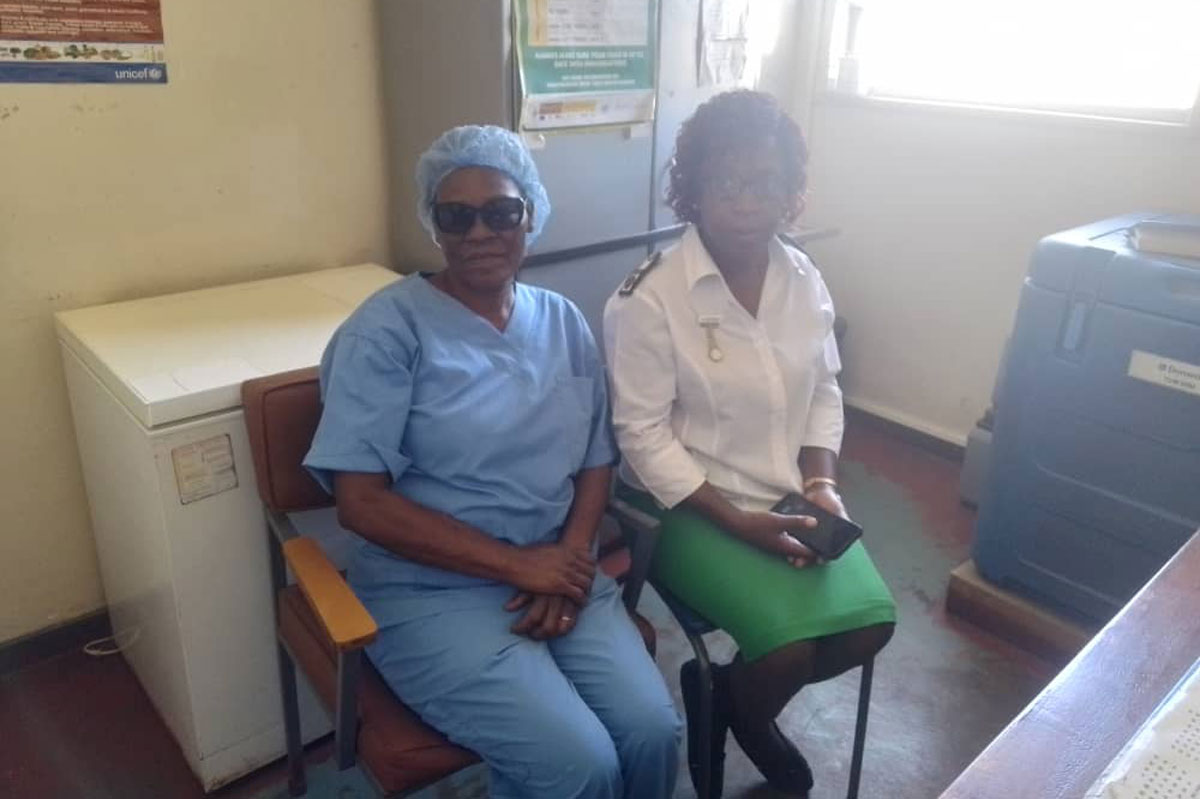
Amai Nyasha’s first-born was nine years old in in April 2022, when a ferocious measles outbreak began, soon sweeping through all ten provinces of Zimbabwe. By early October, thousands of people had been infected, and more than 750 children had been killed.
“I didn’t wait – I took her in for vaccination right away,” recalled Amai Nyasha at a recent routine immunisation session at a clinic in Budiriro, Harare. Three years had passed, and she was back with her young son. This time, it hadn’t taken the pressing threat of a deadly epidemic to prompt preventive action. “The awareness campaigns helped me make the right decision,” she said.
The storm hits: a wake-up call for Zimbabwe
For health workers and parents alike, the memory of the 2022 measles epidemic is a sobering one. Routine immunisation had been severely disrupted during the COVID-19 pandemic. In some communities, especially among apostolic religious groups, vaccine resistance had grown.
“The outbreak was a tragic wake-up call,” said Dr Aspect J.V. Maunganidze, Permanent Secretary in the Ministry of Health and Child Care (MoHCC). “It showed us where our systems were weak, but it also forced us to act decisively.”
In immediate response to the ballooning epidemic, the government launched a two-phase nationwide measles vaccination campaign. In the first phase, targeting children under five years, 1,970,123 children (85.9% of the 2,292,898 target) were vaccinated. The second phase, rolled out in early 2023, focused on older children, aged 5 to 14, in high-risk districts such as Chipinge, Gutu, Mazowe and Chiredzi.
These figures, provided by the MoHCC, demonstrate a rapid and determined scaling-up of efforts. But behind the numbers lies a deeper human story – one of fears faced, myths dispelled and communities rallied.
Battling misinformation one door at a time
In Budiriro, a densely populated suburb of Harare, the epidemic felt close and personal. Wilbert Mavhunga, a carpenter whose workshop is just steps from the Budiriro Polyclinic, recalls the uncertainty that spread faster than the virus itself. “Rumours were everywhere,” he said. “People were saying the measles vaccines were actually COVID-19 vaccines in disguise.”
The generalised sense of anxiety of the pandemic had left many families gripped by confusion, and trust between communities and the healthcare system frayed. But health workers, trained in community engagement, launched a door-to-door initiative to combat hesitancy.
“They patiently explained the risks of measles and how vaccines could protect our children,” said Mavhunga. “Eventually, my wife and I agreed – it was better to act than to fear. Today, I’m thankful we did.”
Sister Mayoyo, Family Health Services In-Charge at Budiriro Polyclinic, oversaw much of this grassroots effort. “We targeted children from four months to fifteen years, visiting homes and organising local clinics,” she said. “Education was our first tool. We wanted people not just to vaccinate, but to understand why.”
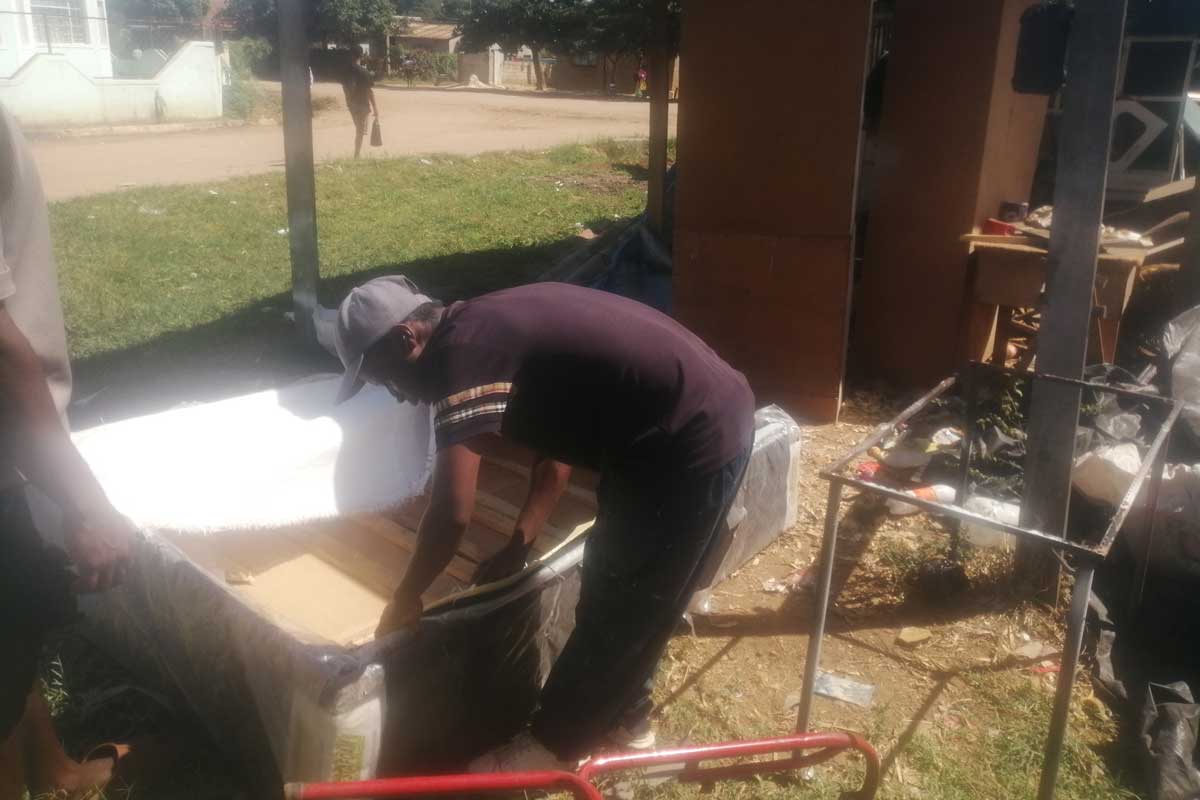
Winning hearts through faith and dialogue
Religious engagement proved pivotal. Apostolic communities, which have historically resisted vaccinations, were approached not with judgement, but with empathy and partnership.
“We reached out to church leaders respectfully,” said Sister Ratowa, head of maternity services at Budiriro. “We promised that there would be no media attention on their vaccination participation, which helped build trust.”
At monthly baby clinics, mothers received consistent education on the importance of vaccines. These sessions allowed health staff to answer concerns directly, helping shift public opinion over time.
Dr Maunganidze echoed the importance of these partnerships. “We worked closely with interfaith groups – Catholics, Muslims, Traditionalists, Apostolics. They cascaded health messages to their congregations, and that made all the difference.”
The interfaith coalition included the Zimbabwe Council of Churches, Catholic Bishops Conference, UDACIZA, and Islamic Council, among others. Their participation helped bridge cultural divides and brought hesitant communities into the fold.
The role of local heroes: Francis Musiyiwa’s story
In every successful campaign, leadership on the ground matters. Francis Musiyiwa, a respected elder and religious leader in Budiriro, played a key role in reaching local apostolic families.
“I knew our people needed reassurance,” said Musiyiwa. “They trust church leaders more than anyone. So, I spoke to leaders of churches, organised meetings, and even shared information in our WhatsApp groups.”
Musiyiwa’s efforts helped shift the tone of the conversation from suspicion to protection. “Every message shared was a chance to save a child’s life,” he said. His commitment left a lasting impression on his community.
Numbers that tell a story of hope
The campaign’s impact in Budiriro was striking. The area is home to 1,754 children under one year, 6,023 children aged one to four, and 19,061 under the age of 15.
Thanks to strong community engagement, Budiriro reached close to 100% coverage during the height of the outbreak, according to local health staff. Vaccines were transported using mobile teams equipped with vaccine carriers and ice packs. When overwhelmed, clinics hired additional staff to maintain the response.
Health teams are now better prepared for future outbreaks. “We’re not just reacting anymore,” said Sister Ratowa. “We’re building systems that prevent, that educate, that respond faster.”
Have you read?
A path forward
Zimbabwe is planning a root cause analysis of vaccine-preventable disease outbreaks in June 2025. The findings will feed into a national multi-year plan to improve immunisation infrastructure, access and education.
Among the priorities are building health posts in underserved areas, expanding mobile outreach and continuous capacity-building for health personnel.
“Vaccines are free and accessible,” emphasised Dr Maunganidze. “But access must be matched with trust. That’s where our ongoing engagement comes in.”
From crisis to growing confidence
The 2022 measles outbreak laid bare Zimbabwe’s public health vulnerabilities. But instead of despair, the country responded with resolve.
For parents like Amai Nyasha, for leaders like Francis Musiyiwa, and for health staff like Sisters Mayoyo and Ratowa, this chapter is not the end – but a beginning.
“We’re not just fighting measles,” said Sister Mayoyo. “We’re building a healthier future – child by child, family by family, door by door.”
